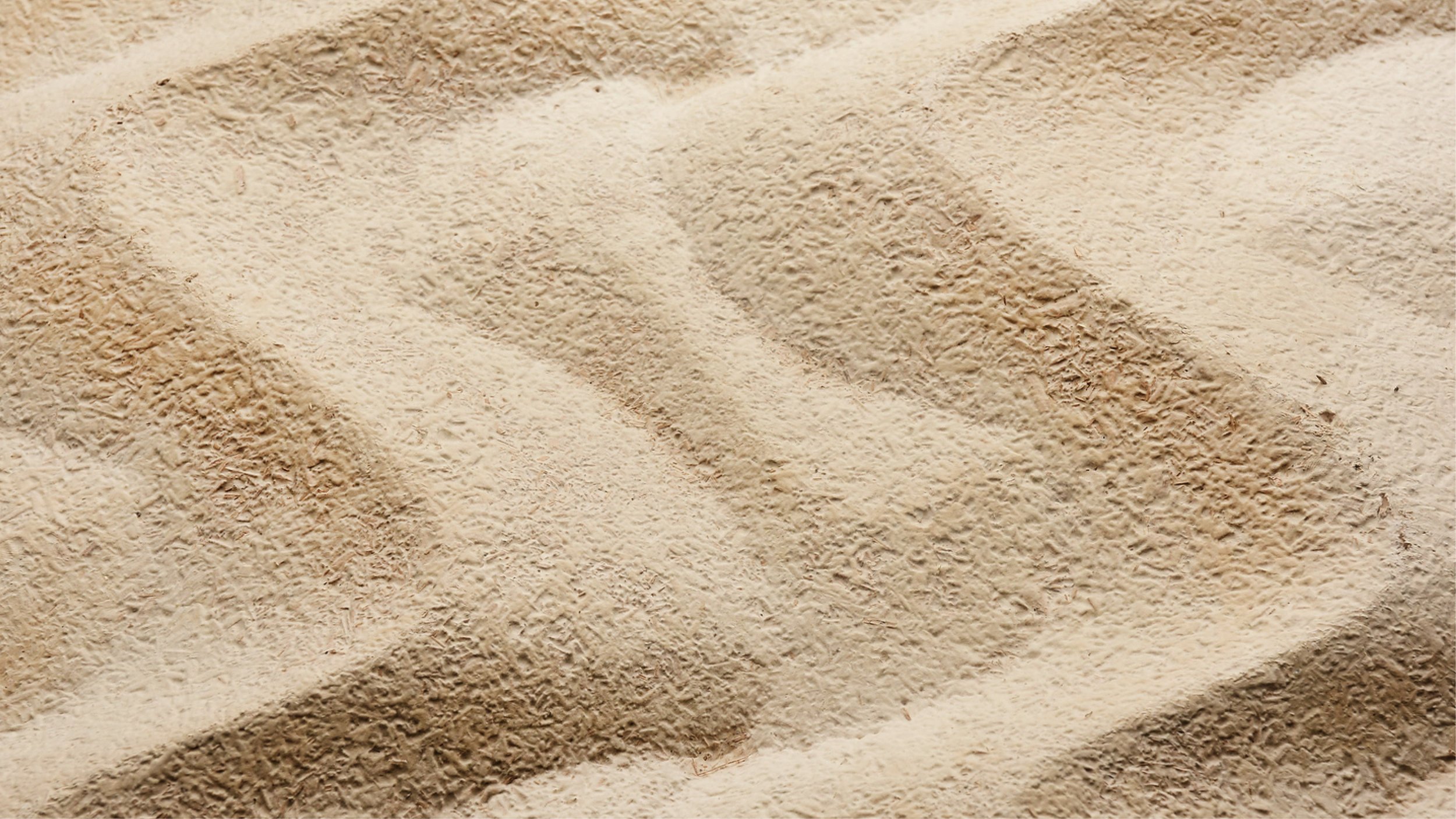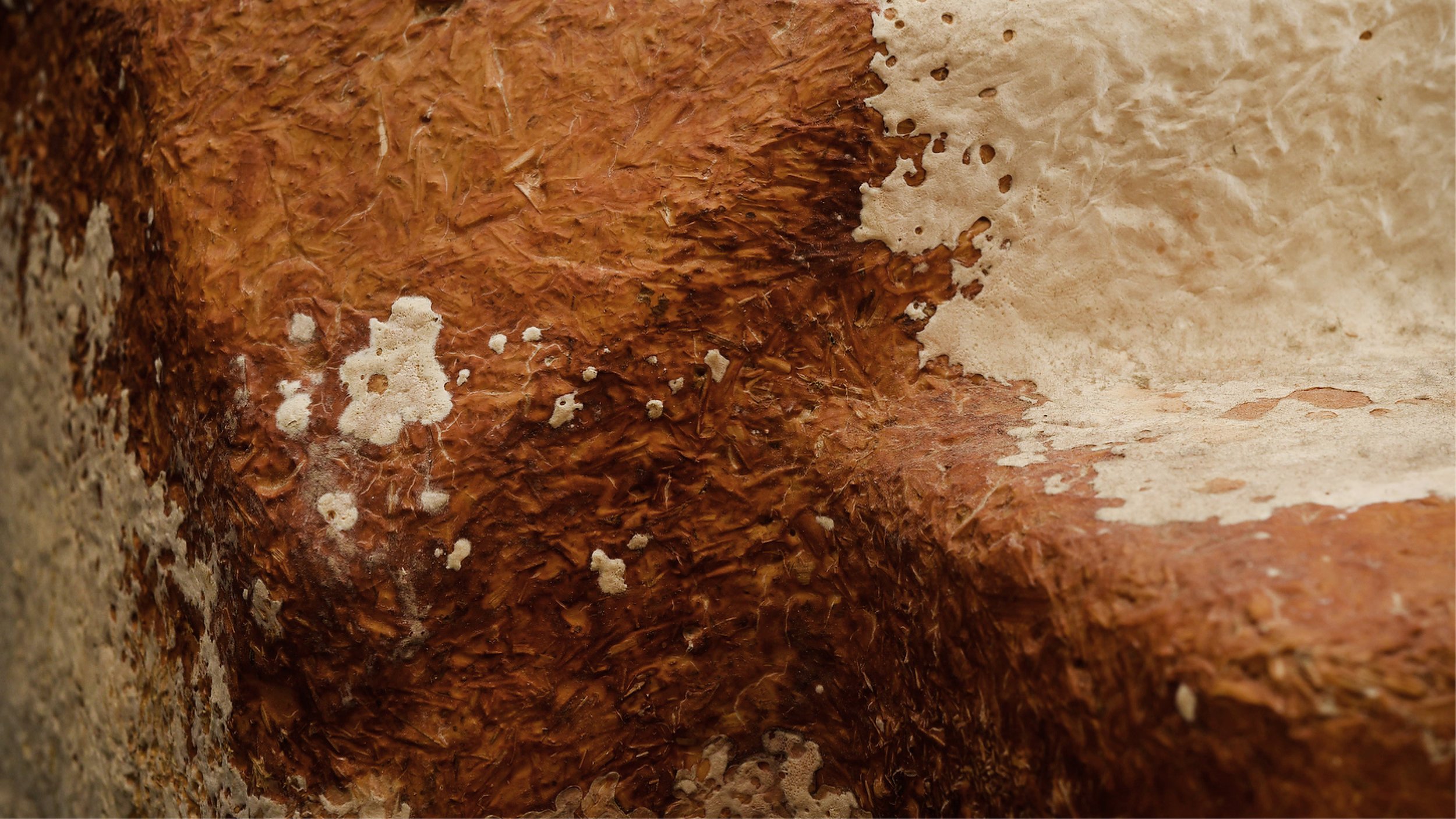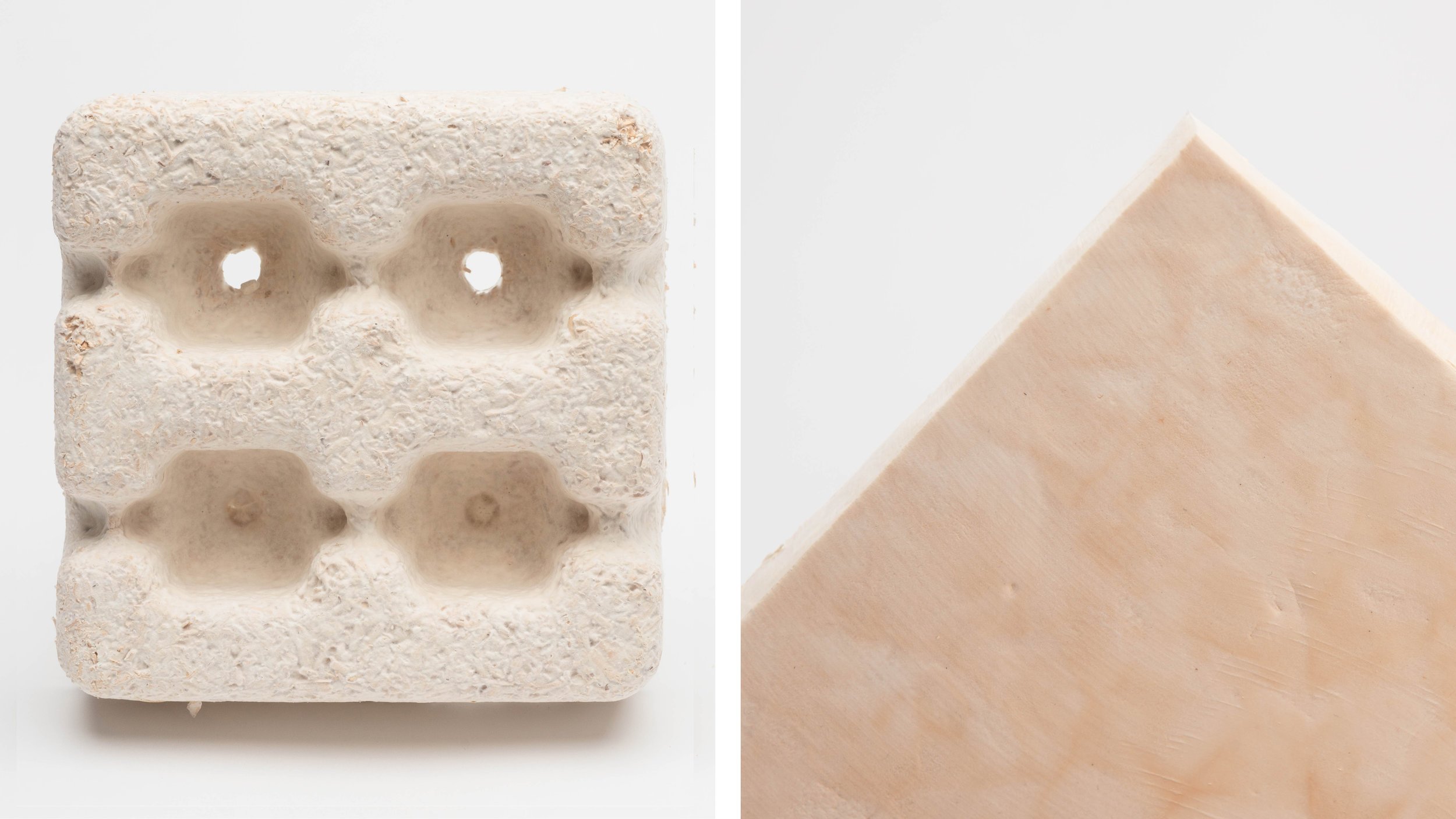The Biofabricators: Ecovative
Parley is proud to continue our partnership with Biofabricate and collaborate for the 2018 summit. Join us at New Lab in Brooklyn on December 13 to be part of the revolution.
Plastic is a design failure that needs to be replaced – so what comes next? In the run-up to Biofabricate 2018 we’re catching up with some of the people and companies at the forefront of the Material Revolution. This week, we reached out to Eben Bayer, Co-Founder and CEO of Ecovative, to learn more about their pioneering work with one of nature’s most potent biofabrication organisms: fungi and their thread-like roots, mycelium.
Fungi is such an incredible material – where did you first begin?
We founded Ecovative in 2007 to fight plastic pollution with mycelium. In the company’s early years, we focused on replacing a major plastic pollutant – styrofoam packaging – with a mycelium solution that had design flexibility, compostability and was sustainably produced. However, we always hoped to go beyond packaging, and in the process of developing and commercializing our initial technology, we realized we were just scratching the surface of mycelium’s capabilities.
What were the main challenges initially?
Creating new materials doesn’t happen overnight. At Ecovative, we’ve built a next generation biofabrication platform using an organism and cultivation process that didn’t exist anywhere in the mycelium industry. Building the expertise and equipment to enable this platform to work at scale was very challenging, and we had to develop a lot of the process – from mycelium cultivation techniques to the actual manufacturing equipment – ourselves.
What comes next?
Over the past five years, we’ve been developing our second generation platform, MycoFlex™, which produces a high-performance pure mycelium structure. We can tailor this into a huge range of end materials, from leather-like mycelium textiles to cellular scaffolding for cell-based meat. This technology even supports solutions to plastic pollution – in the apparel sector, we can use our mycelium to make high-performing shoe foam and insulation for jackets, materials that are often made from plastic.
What are the environmental benefits of mushroom-based materials?
Mycelium-based materials offer both environmental and performance benefits. On the environmental side, our materials are generally 100% earth compatible – just like wood or animal-based materials, they can return safely to the planet with no post-processing. In a world drowning in plastic waste, this is a big deal, and it’s actually pretty rare among the more common “earth friendly” materials. Most "compostable" cups need to go to specialized composting facilities, as they don't break down in the ocean!
Do you have a personal favorite mushroom fact?
My favorite mushroom fact is that millions of years ago there was a fungus called Prototaxites which was almost 20 feet tall and looked a bit like a tree. It was likely the tallest part of the landscape at that time. I'm fascinated by the history of "natural designs" evolution has gifted us – and especially with those that may be lost to history. Since we specialize in making structural materials out of mycelium at Ecovative, a giant structural "tree mushroom" is right up my alley.















